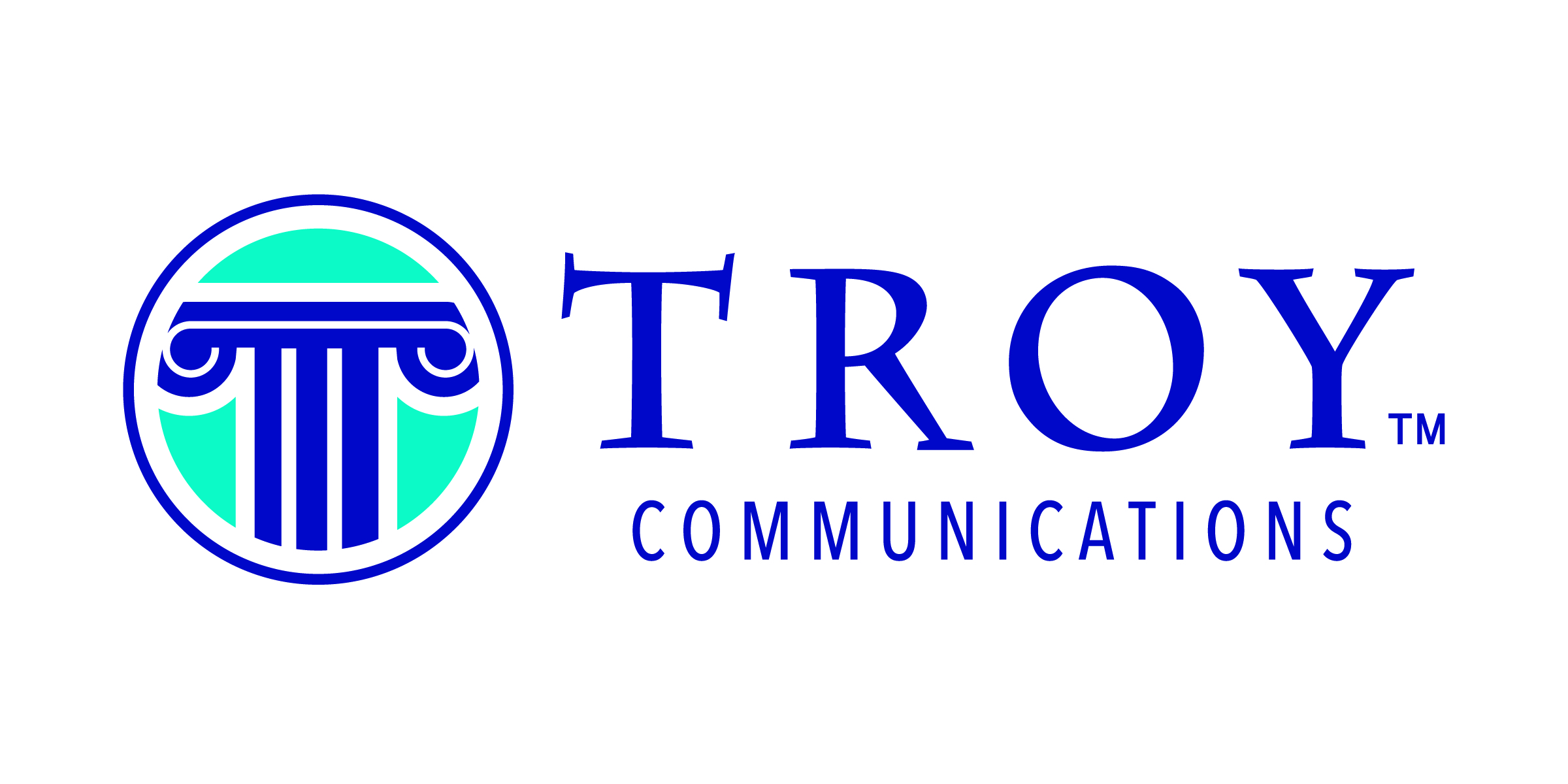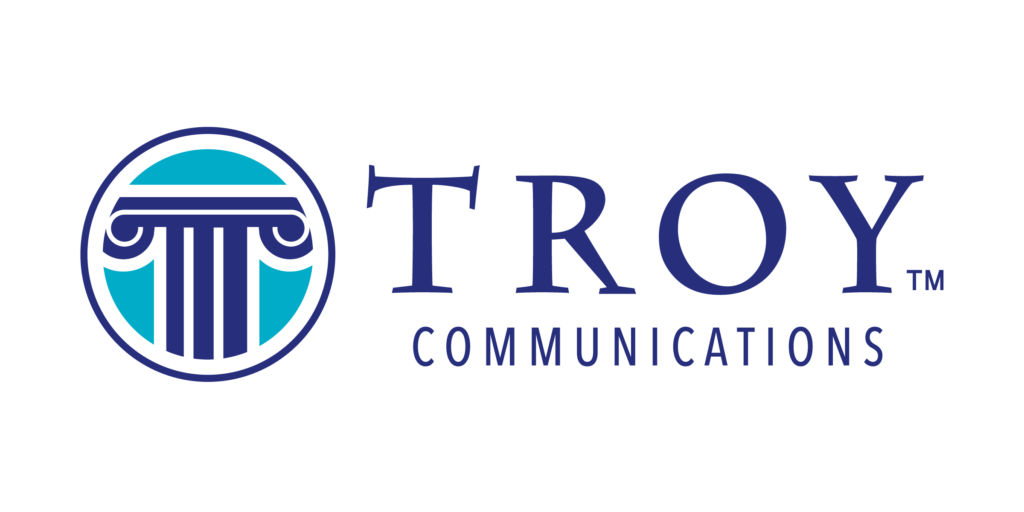By Tasha M. Troy
When I was living in S. Korea, I made a point of learning the language and using it whenever I had the opportunity. However, more than once, I walked into a shop and asked a question in (relatively) good Korean only to be answered by the wide-eyed shop keeper with a hand up in a “stop” gesture and “So-ree. No En-guh-lish-ee.” And that was the end of the conversation.
After this happened two or three times, I finally figured out the problem – the shopkeepers heard the language that they expected to hear. They were not actively listening to the words coming out of my mouth, so when they saw my white face, they assumed I would speak English. I adjusted my approach to start off with a Korean greeting in order to “warm up the ears” of the shopkeeper, which worked beautifully.
People hear what they expect to hear.
Admittedly, my case is a somewhat extreme example (though absolutely true); however, my observations indicate that we hear what we expect to hear, not necessarily what was actually said, especially when we are not actively and consciously listening.
Listening Filters
I see this with my clients time after time, and I’ve also seen it happen with friends and family. Many times participants in my training programs tell me they couldn’t focus on what a speaker said because they were distracted by their own opinions and views on the topic or by their perceptions of the speaker. Our biases interfere with our ability to listen accurately.
Julian Treasure, a sound and listening expert, calls these biases “filters,” which most often unconsciously determine where we place our listening attention, and so determine our sense of reality. In his TED Talk “Five Ways to Listen Better,” he references culture, language, values, beliefs, attitudes, expectations, and intentions as filters that can interfere with listening.
It seems to me that these filters encompass just about all of the essentials of life! So how can we ever begin to understand people, especially when we disagree?
Connective Listening
In their book Real Influence, Mark Goulston and John Ullmen call the highest level of listening “connective listening.” This is listening to understand and build rapport; your intention at this level is not even in solving a problem but to get underneath the surface of what the person is sharing. According to Goulston and Ullmen, “It’s listening without an agenda, because you’re not focused on responding or even on helping.” Only after fully understanding the situation can solutions be explored.
Of course, these things are very difficult to do when you are speaking with someone approaching the issue from a very different perspective. Effective connective listening does not happen when we are focused on our own position, our own ideas, our own “rightness.”
Eventually, connective listening requires both parties to view the situation from the other’s perspective. This is what makes listening an art. Empathy, kindness, integrity, trustworthiness, a willingness to suspend reactions – these are keys to open communication, and it starts with listening. Focus on the heart of what people are saying rather than on the words used to express those ideas, and ask questions to clarify when the words make the message unclear.
Take It Deeper
Just think, how could our lives and our communities be transformed if we simply began practicing connective listening?
Sometimes it’s hard to know where to start. If you would like to go deeper on this topic, I hold free exploratory coaching sessions each week. You can register online at Troy Communications or email me to schedule an appointment at TMTroy@TroyCommunications.Net
If you enjoyed this article and would like to receive these monthly posts in your inbox, you can subscribe at Troy Communications Blog.


